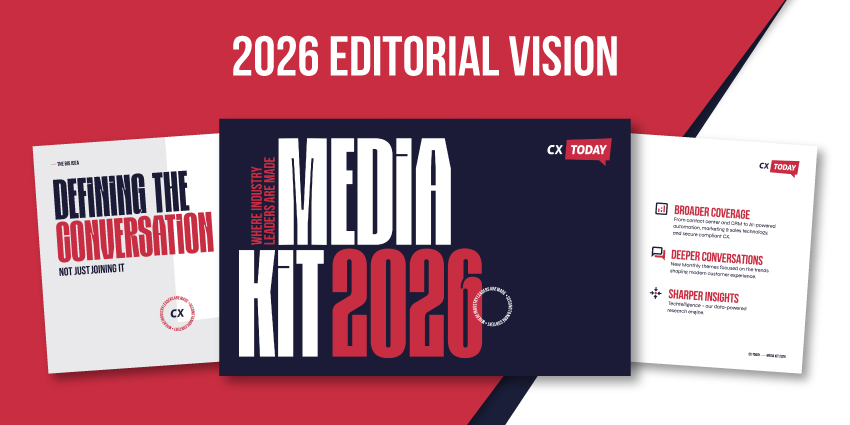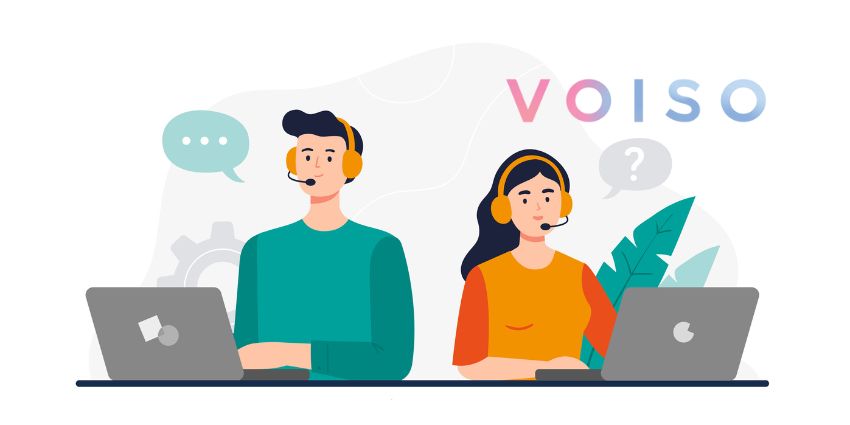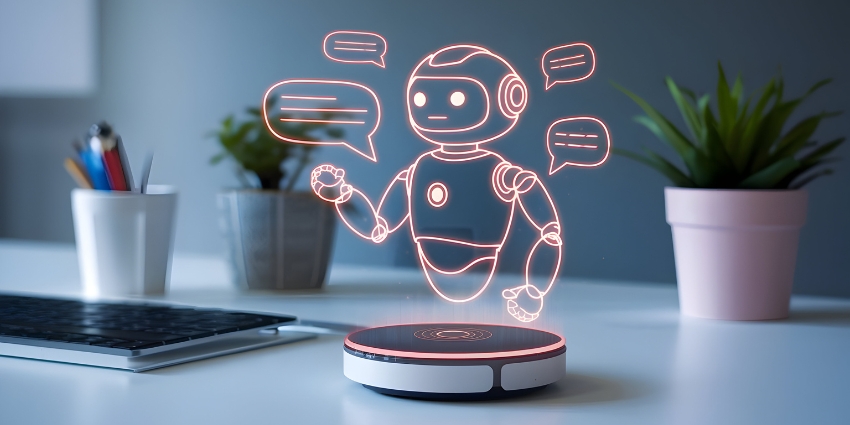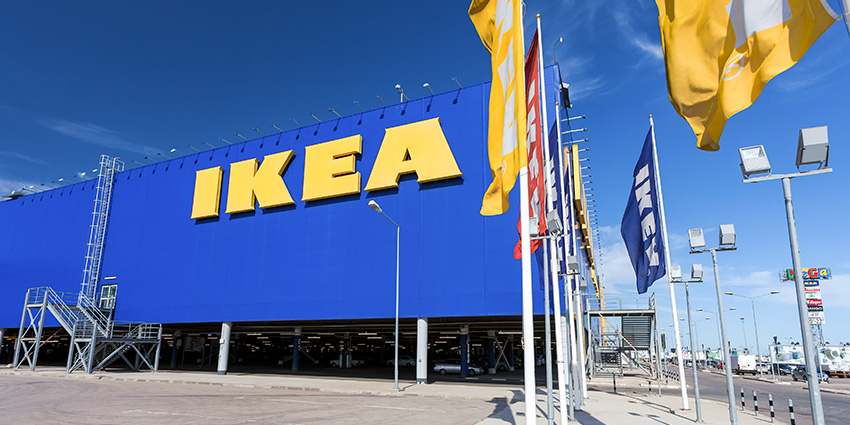Fragmented customer journeys are one of the main reasons people stop doing business with a company. People want every experience they have with a company to feel connected, but they rarely are.
The problem is simple: systems don’t talk to each other. A customer starts a conversation on live chat, calls later to follow up, and then gets an email with conflicting information. Each hand-off forces them to repeat details, re-authenticate, or explain the issue all over again. Patience runs out quickly.
The cost isn’t hidden for long. U.S. companies lose an estimated $136.8 billion every year to avoidable churn. Customers leave when systems don’t connect, data is trapped in silos, workflows run in isolation, and departments push their own priorities instead of working toward the full journey.
Fixing that takes more than patches. It needs stronger journey orchestration, along with omnichannel workflow design and dependable CDP integration. The aim is for every channel to draw from the same source of truth, so the customer isn’t forced to start over at each step.
Fragmented Journeys: The Hidden Cost and Causes
The cost of fragmented customer journeys isn’t always obvious. Customers don’t usually complain about “systems not talking to each other.” They just get tired of repeating themselves, chasing updates, or being bounced between departments. Some walk away silently. Others switch to a competitor after one poor experience. That lost loyalty is expensive.
All the while, customers that get connected experiences are helping brands grow. Studies show customers who get “excellent” experiences spend about 140% more.
The Causes of Fragmented Customer Journeys
Why are fragmented customer journeys still getting worse? A big part of the answer lies in the systems. Older ERP platforms were built for accounting and operations. They store useful data, but they weren’t designed to share it across customer touchpoints.
On top of that, many firms still run sales, service, and fulfillment on different platforms. Each team shapes processes around its own system, so when customers move between departments, the context often gets lost.
Then there are issues created by:
- Multiple versions of the same customer: Without solid CDP integration, one person might exist in several databases under different IDs. That makes personalization, and even basic service, harder.
- Channels that don’t connect: Phone, email, chat, apps, and stores often sit on different platforms. Customers expect one conversation. Businesses deliver five.
- Processes that drift: Marketing offers a refund or discount, but the policy never makes it to the billing system. Customers get conflicting answers depending on who they ask.
- Automation in silos: Generic automation often backfires. A bot that can’t see the full journey adds more friction, not less.
- Slow-moving data: By the time an update syncs between systems, the customer has already called back.
- Compliance barriers: Privacy and security rules matter, but poor design can block the very context agents need to help.
Taken together, these gaps explain why customers feel let down. The business may see good metrics in one channel, but the overall journey tells another story. Until the foundation is fixed, journey orchestration and omnichannel workflow automation tools can only go so far.
Unifying Journeys: The Journey Orchestration Tech Teams Need
When customers say they feel like they’re dealing with “five different companies at once,” it’s rarely the fault of the service team. The problem sits in the systems. Fixing fragmented customer journeys means building a stack where data flows from the back office to the front line without friction.
Cloud ERP Integration
Most ERPs were built to balance books and manage inventory. They weren’t built to answer a customer who asks, “Where’s my order?” That’s why cloud ERP integration is now so important. When ERP data is connected directly to sales and service platforms, answers come back in seconds instead of days.
Cloud ERP changes that. By connecting ERP directly with CRM and service systems, data is available in real time. Smarter Furnishings made this upgrade with Microsoft Dynamics 365 and reduced quote turnaround times by 80 percent. That kind of improvement comes from eliminating the delays caused by disconnected back-office systems
CDP Integration
Most companies hold records with multiple versions of the same customer. A single person might appear in the marketing database, the CRM, and the billing platform under slightly different records. This duplication makes personalization impossible and creates obvious gaps in service.
A customer data platform (CDP) takes scattered records and pulls them into one profile. It updates as new information comes in, so teams aren’t working from old or conflicting data. That single view makes it possible to keep the journey consistent when a customer moves from one channel to another. With CDP integration, journey orchestration tools have a reliable record to draw on instead of piecing together fragments.
Combining Customer Journey Orchestration and AI Decisioning
The orchestration layer is where data turns into action. Journey orchestration engines like the industry-first solution from NiCE take context from CDPs, CRM systems, and ERPs, and use it to determine the next best step in the customer’s journey. That may mean routing a case to the right team, sending a proactive update, or triggering an RPA process in the background.
Qualtrics research shows that effective orchestration can boost revenue by 10–20 percent while reducing service costs by 15–25 percent At FedPoint, NiCE CXone drove similar results in practice: IVR containment increased from 28.5% to 33.9%, customer satisfaction rose to 98.35%, and average answer speed fell from 35 seconds to 15 seconds.
Omnichannel CCaaS
Customers don’t think in terms of “channels.” They expect one continuous conversation, whether they start with a phone call, follow up via chat, or receive an email confirmation later. Without a unified contact platform, those experiences quickly fracture.
That’s why omnichannel workflow through contact center as a service (CCaaS) is now a priority. BankUnited’s deployment with Talkdesk shows the results: self-service adoption increased by 16%, abandonment fell to 5.3%, and NPS more than doubled.
Automation and CRM Intelligence
Even with orchestration in play, journeys can stall if the back office is still running on manual tasks. That’s where RPA comes in. It takes on work like refunds, policy checks, and updates, jobs that would otherwise create delays and frustration.
On the front line, CRM automation does the heavy lifting for agents. AI creates summaries automatically, enriches profiles with data, and shares recommendations with agents in real time. The agent spends less time searching and more time solving. That combination speeds up resolution and helps ensure the journey doesn’t break in the final mile.
How to Start Reducing Journey Fragmentation
There isn’t a quick fix for fragmented customer journeys. The organizations that succeed usually take it step by step. They get the basics right, test in a few focused areas, and only then expand.
- Begin with the data: If core systems don’t share information, the journey will eventually break. That’s why so many CIOs are prioritizing ERP and CRM integration, or even tying in CDP solutions, before layering on orchestration.
- Create a single customer profile: A CDP integration pulls records together from sales, marketing, and service. It means every interaction draws from the same source of truth. Without that, different teams are still working off different stories.
- Pilot orchestration on high-value journeys: Trying to orchestrate everything at once rarely works. Pick a few critical touchpoints, like order tracking or benefit enrollment, and build orchestration around them. A Middle Eastern bank did this with Kore.ai, and eventually achieved 40% automation rates for workflows, as well as higher CSAT scores.
- Add omnichannel contact. Customers don’t think in terms of “phone” or “chat.” They want one continuous conversation. Moving to CCaaS platforms helps deliver that. Particularly when those systems can speak to ERP, CRM, and CDP solutions.
- Automate the back office. Journeys still fail when refunds or approvals sit in manual queues. RPA can process these instantly, while CRM automation gives agents context without the need to dig. Together, they prevent small delays from becoming big frustrations.
Also, measure what matters. Efficiency metrics only go so far. Average handle time may look good on a report but say little about customer loyalty. Outcome-based measures – resolution rates, effort scores, verified completions, tell you whether fragmentation is actually being reduced.
Journey Orchestration: From Fragmentation to Flow
Plenty of firms talk about improving customer experience. The real progress comes from those willing to confront fragmentation directly. They modernize their data foundations, connect ERP and CRM, put CDP integration in place, and then add journey orchestration and omnichannel workflows. Each layer builds on the last, creating a system that actually holds together.
The rewards are measurable. Containment improves without hurting satisfaction. Resolution times drop. Customers stop repeating themselves at every turn. Plus, loyalty grows stronger, the ultimate measure of success in competitive markets where switching costs are low and alternatives are one click away.
Journey orchestration is only going to matter more as AI takes on a bigger role in customer experience. But AI that runs on inconsistent data won’t deliver. Reducing fragmentation is the first step. Once that’s done, journeys become faster, cheaper to support, and more likely to end in loyalty instead of churn.







